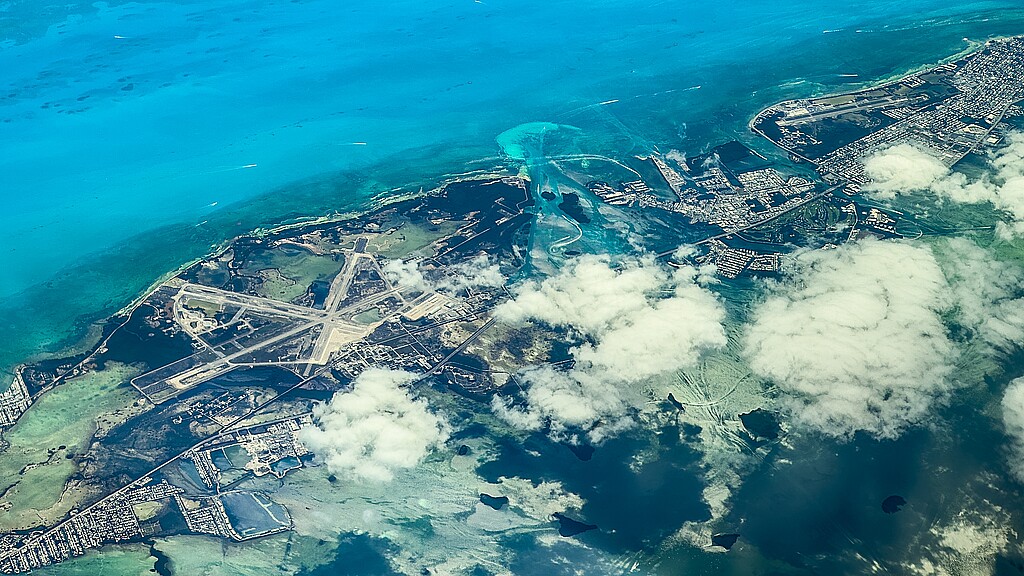Culture
19th-Century hospital and cemetery discovered underwater near Florida Keys
The hospital was used to treat yellow fever patients from Fort Jefferson between 1890 and 1900

May 5, 2023 7:22am
Updated: May 5, 2023 2:43pm
Archaeologists found the remains of a 19th-century hospital submerged underwater in the Florida Keys, the National Park Service said on Monday.
The discovery was made near Garden Key, the second-largest island in the Dry Tortugas National Park, as a part of a survey of the area that was first conducted in a 100-square-mile area on August 22 by the National Park Service’s Submerged Resources Center, the Southeast Archeological Center, and a graduate student at the University of Miami.
The hospital, used to treat yellow fever patients from Fort Jefferson between 1890 and 1900, was originally built on an island that has since submerged under water, according to the National Parks Service.
Check out this cool find! National Park archeologists found the remains of a hospital and cemetery underwater at Dry Tortugas National Park.
— Dry Tortugas National Park (@DryTortugasNPS) May 1, 2023
NPS Photos C. Sproul
Images courtesy of National Park Service pic.twitter.com/GjVxpmfv6V
Divers also found the Fort Jefferson Post Cemetery, which contains the graves of dozens of individuals So far, only one grave has been identified: it belonged to John Creer, who died on November 5, 1861.
“This intriguing find highlights the potential for untold stories in Dry Tortugas National Park, both above and below the water,” Josh Marano, maritime archeologist for the South Florida national parks and project director for the survey, said in a statement.
“Although much of the history of Fort Jefferson focuses on the fortification itself and some of its infamous prisoners, we are actively working to tell the stories of the enslaved people, women, children, and civilian laborers,” he continued.
In addition to being a hospital, the islands and waters around Fort Jefferson were also used as also a prison during the American Civil War, a naval coaling outpost, a lighthouse station, and a military training center, officials said.
With hundreds of people coming and going from Fort Jefferson, the area became at risk of diseases, including yellow fever. The rise in communicable diseases and several outbreaks killed several people in the 1860s and 1870s. To help prevent a higher death toll, several of the small islands were transformed to be used as quarantine hospitals in the 1860s.
The fort was abandoned in 1873, but it was later used by the U.S. Marine Hospital Service between 1890 and 1900, when an isolation hospital was built.










